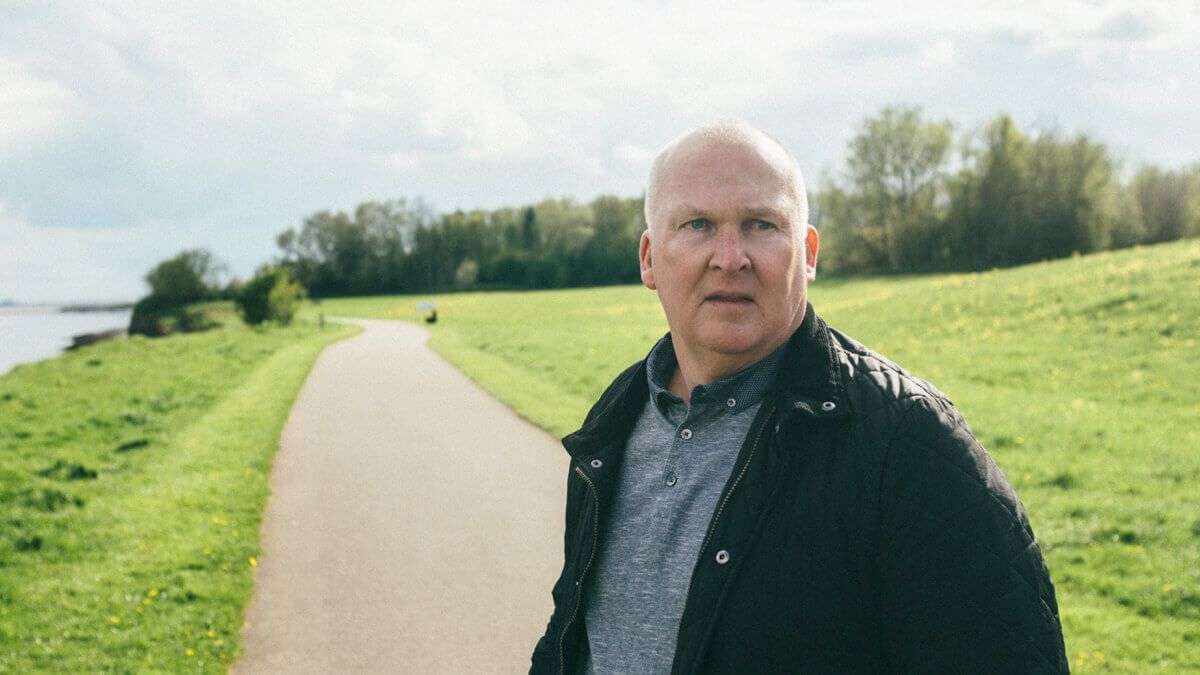Treatments
Cryotherapy (also called cryosurgery or cryoablation) uses extreme cold to freeze and destroy cancer cells. It is less commonly used than other prostate cancer treatments, so much is still being learned about the side effects and how well it works to treat prostate cancer.
The availability and use of cryotherapy for prostate cancer treatment can vary depending on where you live. Speak to your doctor to fully understand what’s involved in cryotherapy, if you’re a good candidate, and if it's available to you.
Cryotherapy for prostate cancer treatment: what is it and how does it work?
During treatment, very thin needles are placed in your prostate, with the help of an ultrasound probe placed in your back passage (rectum). A gas is then passed down the needles to freeze the nearby prostate tissue and kill the cancer cells.
Cryotherapy can be done either under a general anesthetic (where you’ll be in a deep sleep), or with spinal or epidural anesthetic, where the lower half of your body is numbed (you’ll stay awake but won’t feel anything).
There are 2 types of cryotherapy.
Focal cryotherapy
During focal cryotherapy, just the area containing the cancer cells is targeted with extreme cold. This method does not treat the whole prostate and fewer needles are used, to try and preserve healthy tissue. It will not cure the cancer and although there are fewer side effects, you will need close monitoring. Focal cryotherapy is suitable if you have cancer that is found in one area of the prostate only.
Whole prostate cryotherapy
During whole prostate cryotherapy, the whole prostate is treated, and both cancer cells and healthy prostate tissue are frozen. Keep in mind that whole cryotherapy might not be available at your hospital or treatment center.
Is cryotherapy right for me?
If the cancer is only in the prostate (although doctors rarely use it as the first treatment).
If the cancer has returned after another treatment and is still only in the prostate.
For men with low risk, early-stage cancer (and the cancer is only within the prostate) who cannot receive radiation therapy or have surgery.
Cryotherapy for treating prostate cancer may be a suitable option:
Questions to ask your doctor or care team when considering cryotherapy
It's important that you communicate with your doctor or care team and ask for the information you need. Here are some questions you may want to ask:
What are my other treatment options?
What type of cryotherapy will I have?
What will the follow-up be like to make sure my cancer is gone?
How much experience have you had with cryotherapy? What have the results been?
Will I need more treatment?
What will my recovery look like?
What are the side effects of cryotherapy for prostate cancer?
When you talk to your doctor or care team, have a list of all your questions. This will help make sure you have all the information you need to make the best decisions for you.
What side effects can you expect after cryotherapy?
Soreness in your butt or anus (but this should be temporary).
Infertility (not being able to have children). If you’re interested in having children, talk to your doctor about sperm banking before treatment.
Some of the more common side effects of cryotherapy include
Usually, focal cryotherapy has fewer side effects than whole prostate cryotherapy or other treatments targeting the whole prostate (like surgery or radiation therapy). This is because the treatment is only directed at a specific part of the prostate. Of the men who’ve had focal cryotherapy, around half will have erection problems and may need to use medication or devices to help with their erectile dysfunction.
Very rarely, a rectal fistula (a tunnel/hole between the urinary tract and the rectum) can occur.
If any of these become a problem for you, talk to your doctor or care team to work through it and get the help you need.
Recovering after cryotherapy for prostate cancer
After the cryotherapy, you’ll usually go home on the same day. You’ll likely be sent home with a thin tube called a catheter inside you to help drain your urine (pee) for the first few days following treatment. Your urine may have blood in it for a short while. You’ll need to go back to the hospital to have the catheter removed, usually after 5 to 7 days. Talk to your care team about what you can expect.
Recovery after cryotherapy is not usually painful, but you’ll be sore where the needles went in. You may experience some bruising of your scrotum and the base of your penis, and in the area between your penis and anus. If this is uncomfortable, you can use a cold pack, on and off, in this area over the first 2 days. You may also notice that the top of your penis feels a little numb, and have troubles with erections, increased urgency or frequency passing urine or leaking.
What does follow up after cryotherapy treatment involve?
After cryotherapy, you’ll have regular tests and follow-ups and with your doctor to understand how well the treatment worked.
PSA tests. Your prostate specific antigen (PSA) levels will be checked every 3 to 6 months, to make sure they have come down and are where they should be.
MRI scan. Most men have a magnetic resonance imaging (MRI) scan one year after treatment. This will be advised by your doctor or care team if necessary.
Biopsies (taking tissue samples from the prostate). Some men will need follow-up biopsies to monitor the success of treatment.
Make sure you talk to your doctor or care team about what to expect in recovery. Ask about what you should know for the near future and in the long term and be sure to make your follow-up appointments.
